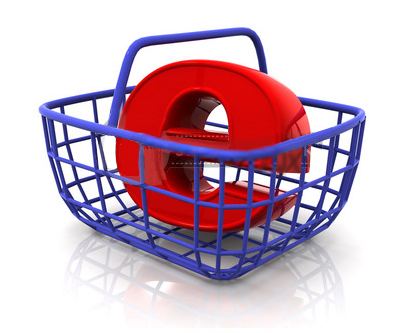Ecommerce has become a way of life for many brands. But, launching an ecommerce startup requires a blend of art, science and technology. Our take on some absolute steps for launching a successful Ecommerce Startup.
- Build your web site on WordPress! Advantages are built in CMS, wealth of developer support, 10K & growing plugins that extend functionality, great for SEO and its a robust stable platform that is being improved everyday via developers all over the world.
- Analyze and understand your target market and demographics. Where do your customers “live” on the social web and how do they interact with each other? Once you answer this question develop a social media marketing campaign that will reach, engage with and motivate customers to buy from you and recommend your products to friends via social web.
- Create a Blog on your site and blog at least 3-5 times a week - make sure you invite comments from readers/visitors and interact with them. Your blog should have content topics that integrate with your Keyword strategy mapped out in SEO best practices below. Leverage your blog by connecting it to your LinkedIn profile and share blog posts via Twitter and Facebook.
- Ensure you have sociables (links to social media profiles) on your site for
Facebook, LinkedIn, Twitter, YouTube and give people the ability to Tweet out and “like” your site via plugins. These promote and foster interaction with your community and should be two-way connections.
- Do some competitive analysis (there are always competitors) and identify 3-5 top tier competitors and follow their digital footprint. Also, set up Google Alerts that are keyword targeted (“my brand”) for your company, products, brand and competitors.
- Test PPC advertising via Facebook and Google’s Display Ad Network (not Adwords initially) - both of these offer pretty good targeting. For Google’s Display Network, either hire an agency or consultant to set this up for you, unless your very knowledgeable about your target market and online advertising. Test, test and retest - split variable testing is a great idea - test your message, offers, landing page, days of week, etc.
- Make sure you have Google Analytics installed on your site and closely watch entry/exit pages, time on site, bounce rates, where visitors are coming from, etc.
- Build a coupon offer right on your Facebook fan page that is integrated with a “Like” component - driving deals and perceived value of your brand.
- Built landing pages that are second to none - this is an art and a science and can determine the success or failure of your ecommerce site.
- Deploy a Viral Marketing Campaign
- offer member’s of your community rewards for referring friends to your site for deals. You can leverage these via Twitter and Facebook.
- Video usage driven by bandwidth and smartphones is ramping up very fast. Create a YouTube channel with lots of 1-2 min optimized videos. Leverage the channel by throwing up a YouTube contest for your visitors. Use TubeMogul to accelerate syndication and digital reach of your videos.
- Make sure SEO best practices is in place for your site. Meaning, good content strategy that incorporates a list of top twenty targeted keywords, UI/Menus are easy to navigate (this touches on user experience and SEO), using the right WordPress plugin like All In One SEO (plus, the developer is a retired Marine), good Privacy doc, connected with Google account, Google Places is done, have developed (legitimately) good quality backlinks and Google XML Sitemap is installed/working.
There’s more to a successful ecommerce startup than what’s been conveyed in this blog post. But, we’ve covered most of the basics for you. If you have questions or thoughts please ping us back via comments below.


















